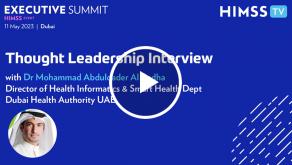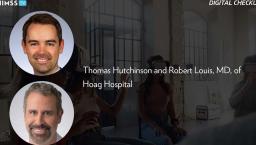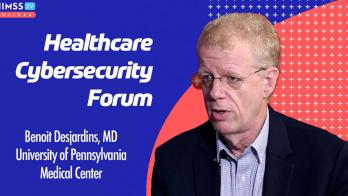Medical group cuts uncontrolled diabetes by 29% in less than 90 days

CHICAGO -- Cindy Gaines, a registered nurse, said it came as a bit of a surprise when leadership of Kalamazoo, Michigan-based Borgess Health (a member of Ascension Health) approached its medical groups in 2015 with a challenge: For the final quarter of the fiscal year, they were told to improve a quality metric of their choice by 20 percent.
It's rare for most health organizations to even attempt a 20 percent improvement in anything, even over the course of a year, said Gaines, vice president and chief operating officer at Borgess Medical Group, speaking at the HIMSS Pop Health Forum on Monday. Here they were supposed to effect a major turnaround in a critical chronic disease indicator in just 90 days?
Gaines and her colleagues chose to tackle uncontrolled diabetes, focusing on patients with hemoglobin A1c levels greater than 9. But it would be a challenge, to say the least.
"We're very good at taking care of the patient in front of us," said Gaines. "We're very episodic."
But "the real game-changer of pop health is suddenly I'm accountable for you even when you didn't come in front of me," she said. "Just because you haven't been in doesn't make me any less accountable for your care, which means we have to engage our patients differently."
"In population health, one of the very basic foundational things you can do is start with the definitions. Let your data talk to you."
Cindy Gaines, RN, Borgess Health
The first step was to take a close look at at the information the medical group had at hand.
"In population health, one of the very basic foundational things you can do is start with the definitions," said Gaines. "Let your data talk to you."
Another key step was to try to get past old ways of thinking: "We have experience bias," she said. "We've been around the block, we think we know."
Some executives had some big ideas for patient engagements – Bluetooth scales in everyone's home! a reconfigured discharge tool! – but it was more important to keep it simple while also thinking creatively, said Gaines. "Let your data tell your story."
And for those who might be skeptical about the prospect of getting more previously unreachable patients through the door, she offered a dollars-and-cents rationale: "These are visits!" she said. "It's not just about your quality metrics. These are visits that will help your revenue."
So Borgess reached out to the 1,769 patients it identified whose A1c was unchecked.
It tried an array of different approaches: clinical pharmacist review; computerized phone messaging; letters with lab orders and test tracking; personal phone call from the practice; email delivered via patient portal; care coordinator outreach.
It then – after ensuring all those outreach efforts were recorded to count toward meaningful use patient engagement requirements – set about evaluating which methods were most effective.
Care coordinators were far and away the most useful, with 35.3 percent of patients receptive to their outreach. This was followed by pharmacist phone call (18.1 percent); letter with proposed orders (12.2 percent); portal message (8.2 percent); electronic phone call (7.8 percent); and personal phone call (6.6 percent).
In short, the combination of those diverse techniques, taken in total, worked. For the month of February 2015, the provider group lowered its uncontrolled diabetes risk by 29 percent.
That number fell just a bit in the subsequent months, but it achieved the total 20 percent reduction for the quarter. The results were so impressive – and looked so attainable – that Ascension Health Michigan made improving hemoglobin A1c levels by 15 percent a statewide goal for fiscal year 2016.
The health system added a population panel coordinator, and continued using care coordinators to reach out to patients with A1c levels above 9. It also continued the telephone and letter outreach, and aligned all that engagement work with provider quality incentives, she said.
"We achieved our goal of 15 percent," said Gaines. "And we have hardwired an ongoing process for this metric and many more."
Twitter: @MikeMiliardHITN
Email the writer: mike.miliard@himssmedia.com
 Read our coverage of HIMSS Pop Health Forum in Chicago.
Read our coverage of HIMSS Pop Health Forum in Chicago.
⇒ Population health is in a major state of change
⇒ Experts on AI in healthcare: 'We need to be more realistic'
⇒ Group banks on data visualization giving care coordination a boost
⇒ How unlicensed care coordinators bolster UCLA's population health program
⇒ Know these 5 principles of value-based care, because it's here to stay
⇒ Human-centered design expert shares 4 tips for engaging patients
⇒ CIO shares keys to a successful telehealth program
























